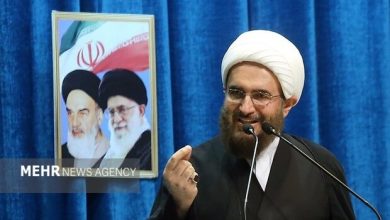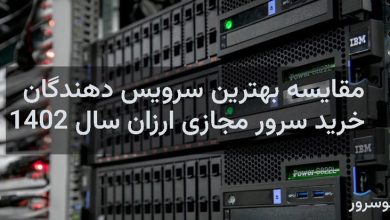
These things show up well And theThe Internet and virtual space have provided a new arena for politics And theThere are people, there are places where there are groups And thedifferent and governmental And theRepresentation and politicsAnd the They won.
Cyber policy is a two-part concept And theIt is a reference to the interaction and connection of two political spheres (A place for friendship, cooperation, competition, conflict and war over value And theand interests) and the Internet (A new space for acting) he got it. Some experts go even furtherAnd the Go under the title and talk about cyber politics “best policy» in return “next policy» she didAnd the there.
In the field of interrelations And theCosmopolitan, influenced by traditionAnd the ISM, problems betweenAnd the International is divided into very important and important issues such as security issues and less important issues such as economic issues And theit’s mean. Some experts because of the importance of virtual space And theCyber policy should be considered as important, critical and security issues or high policy. He suggests…; He suggestsAnd the Make it a million today And theHundreds of people around the world have access to computers and the Internet, and the number of users and the level and depth of Internet use are increasing every day.And the You have provided a very important space for representation and therefore for politics. Number of daily users and technology levelAnd the AddAnd the it’s mean. In such a situation, the virtual space plays an important role in guiding public opinion and creating preferences.And the and my lifeAnd the It has public diplomacy, espionage, sabotage, war, conflict, and in fact everything that constitutes a real political environment.And the to give. Thus, cyberspace should be considered as part of the supreme policy.
The theoretical framework and the main implications of cyberspace on cyberspace policy and international relations include three core issues. part One ; Presenting a “conceptual approach” to explain the relationship between cyberspace and politics. second part; Knowing and believing the prevailing relationship between cyberspace and politics. The third part describes the process and the main issues in this regard.
The first mode is related to the center-to-center interaction. Indeed, in this case, two subsystems intersect, acting as central factors in both. In this case, their core and central values that govern the process of interdependence have changed, so that maximizing welfare or avoiding harm is considered the highest value, and therefore, threats lie outside the traditional status quo. The perceived threats to dealing with prosperity are inefficiency, this action can be undertaken by many governmental and non-state agents, and finally, weakness is not defined in the form of weak military power. Weaknesses are determined by the inability to deal with the worst effects of new processes, especially the process of economic interdependence, and to regulate them in order to increase well-being. On the other hand, in this layer, a purely international system in the direction of stability and continuity, while facing new threats and factors, faces weaknesses associated with the regulation of behavioral patterns and the regulation of new processes.
The second situation concerns the interaction of the environment with the environment and the collision of two environments with each other. In the said environment, which can be considered areas of chaos and disorder, security is traditionally defined based on its four structural criteria. In the mentioned environment, modern operations did not reach supremacy and control, because the deep systemic forces in this area basically did not have the necessary competence and as a result, were not able to create a new space. As a result of such environments, the principle of chaos is the most important principle of order.
In this regard, this subsystem is faced with the problem of the survival of units, its main weakness lies in the uneven power distribution and energy structure, and the most effective mechanism for its survival is the balance of forces with its diverse possibilities. Forms. Finally, the third state consists of the intersection of two central and peripheral environments. In other words, an environment with traditional characteristics interacts with an environment with modern characteristics. In this case, currents flow from the center to the periphery due to the influence of the environment on the central environment. In such a situation, the margin faces the governmental and non-governmental agents of the centre. These factors threaten the core and central values of the system’s external region, including its economic, political, military and cultural values, and in the application of these threats, the electronic policy base replaces real politics or is side by side.
Finally, a new atmosphere was formed on the international scene, which cannot be analyzed based on previous theories, methods and levels. In fact, the content and philosophy of the new space, which is called the virtual space, is very different from the previous one. In this new space, new and different forms of friendship, cooperation, competition, hostility and war are created along with previous patterns. In addition, a variety of different actors have been added to the traditional cast, which is very mysterious and unpredictable. As a result of these circumstances, it is necessary to emphasize new theories, methods and perspectives that are more flexible and open than the previous ones.
6565









